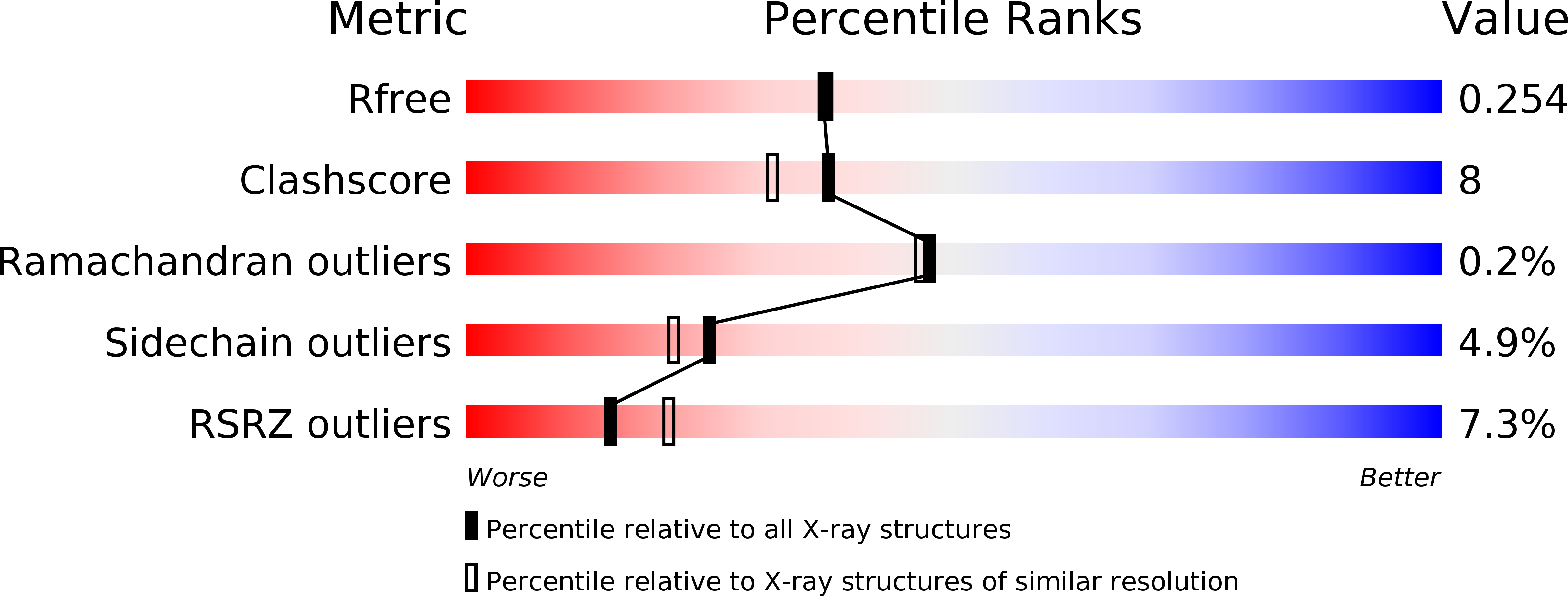
Deposition Date
2014-01-10
Release Date
2015-06-24
Last Version Date
2024-10-16
Entry Detail
PDB ID:
4ODV
Keywords:
Title:
Fab Structure of lipid A-specific antibody A6 in complex with lipid A carbohydrate backbone
Biological Source:
Source Organism:
Mus musculus (Taxon ID: 10090)
Method Details:
Experimental Method:
Resolution:
2.15 Å
R-Value Free:
0.24
R-Value Work:
0.20
R-Value Observed:
0.20
Space Group:
P 21 21 21


